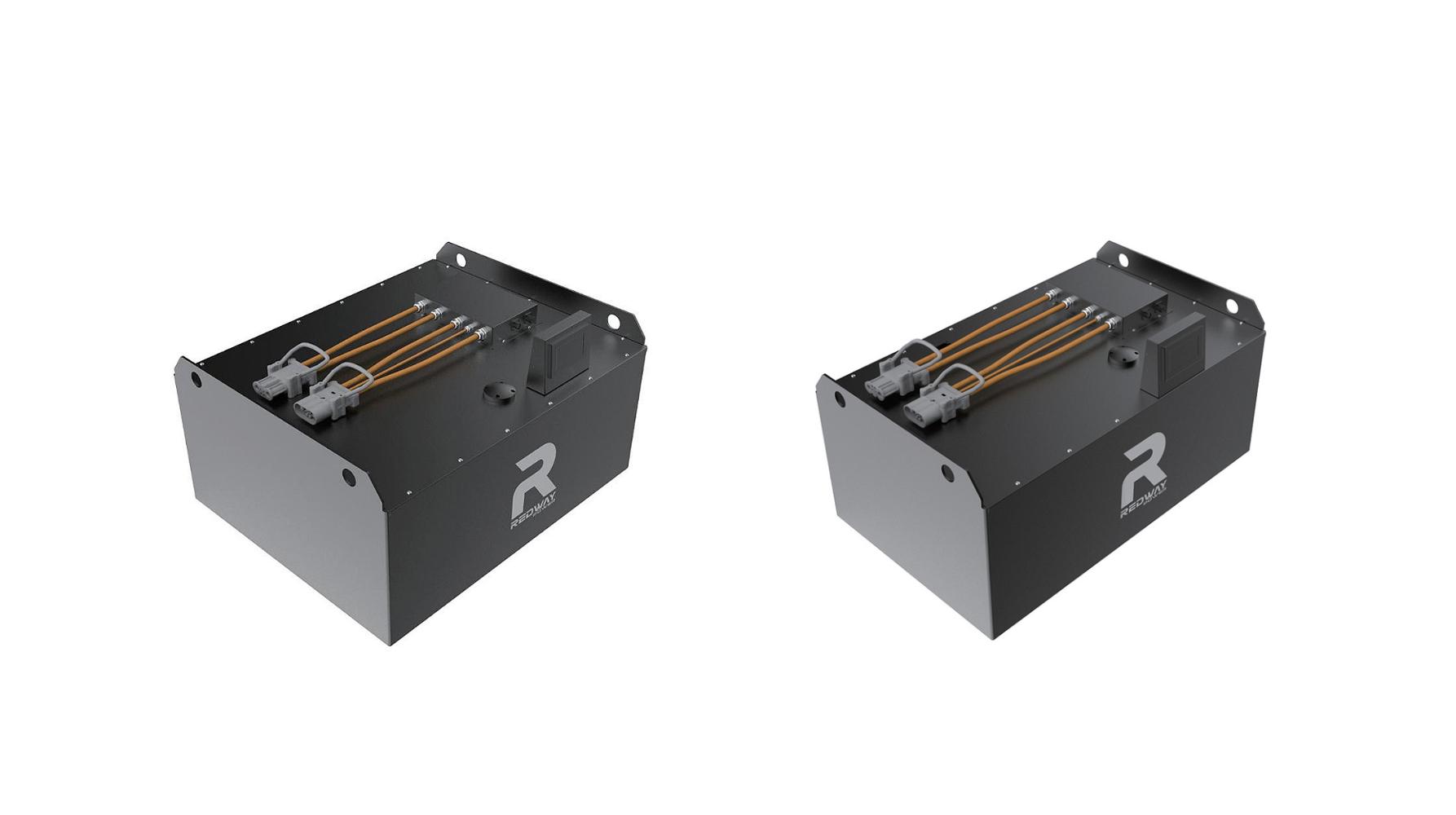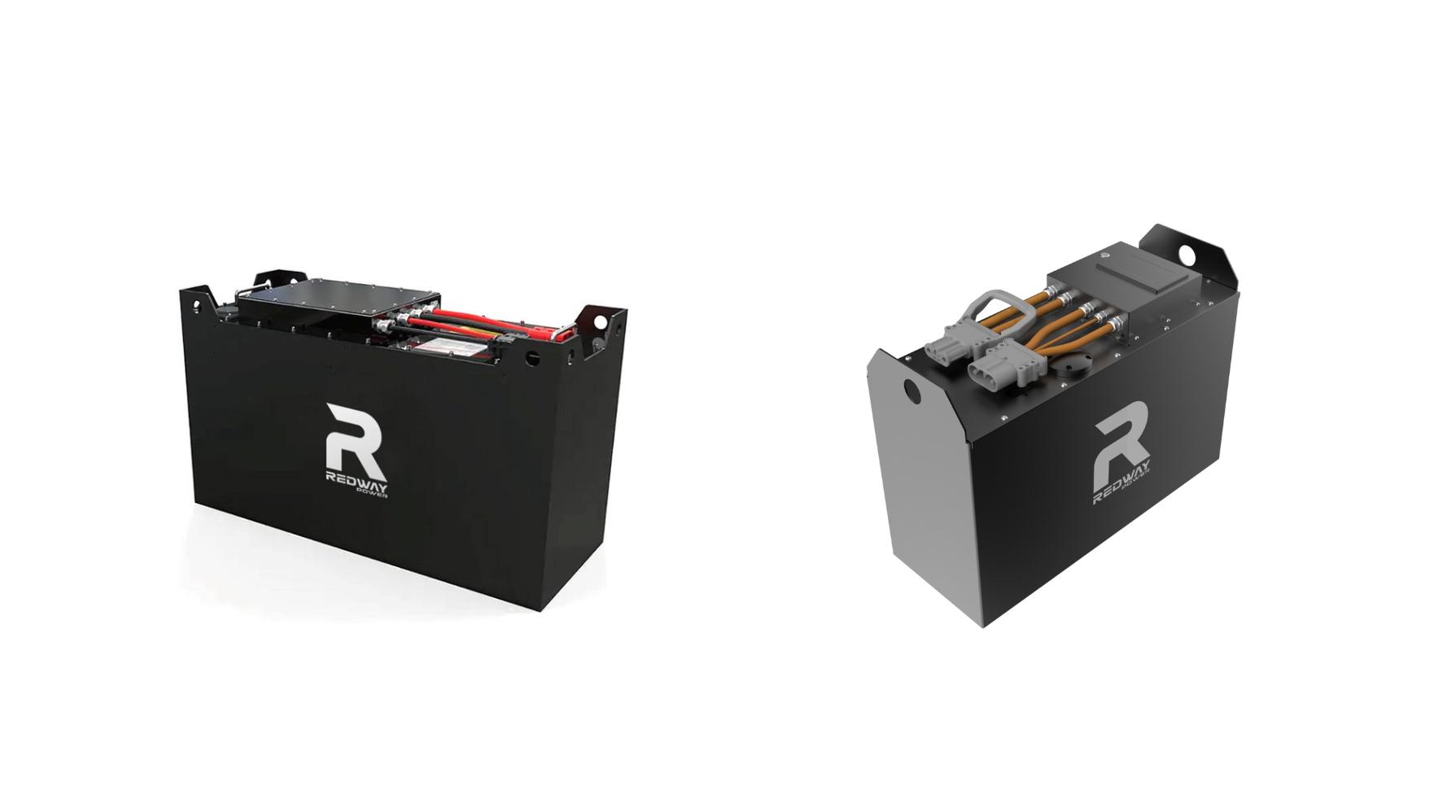Lithium Forklift Batteries: Complete Guide 2025
The electric revolution transforming personal transportation extends far beyond cars, with lithium battery technology driving significant advancements in electric bikes (eBikes) and electric motorcycles. As urban Americans seek sustainable, cost-effective commuting solutions and outdoor enthusiasts demand high-performance recreational vehicles, lithium-powered two-wheelers are emerging as the smart choice. This comprehensive guide examines why lithium batteries have become the cornerstone of modern eBike design and how they’re reshaping urban mobility across the United States.
Why Lithium Batteries Dominate Modern eBike Design
Lithium-ion batteries have become the power source of choice for eBike manufacturers due to their unmatched energy density and performance characteristics. Unlike older lead-acid batteries that powered early electric bicycles, modern lithium solutions offer:
- 50-60% reduction in battery weight (typical 48V pack weighs 5-7 lbs vs. 15-20 lbs lead-acid)
- 3-5x longer cycle life (1,000-2,000 charges vs. 300-500 for lead-acid)
- Fast charging capabilities (2-4 hours vs. 8+ hours)
- Stable voltage output throughout discharge cycle
These technical advantages translate directly to real-world benefits for riders. The weight savings allow for more agile handling and easier carrying when dismounted, while extended range (typically 40-100 miles per charge) makes practical commuting viable. Leading manufacturers like Specialized, Trek, and Rad Power Bikes now equip their entire eBike lines with lithium batteries featuring integrated Battery Management Systems (BMS) that optimize performance and safety.
Performance Comparison: Lithium vs. Traditional Battery Technologies
| Feature | Lithium-Ion | Lead-Acid | Nickel-Metal Hydride |
|---|---|---|---|
| Energy Density (Wh/kg) | 150-200 | 30-50 | 60-120 |
| Charge Cycles | 1,000+ | 300-500 | 500-800 |
| Self-Discharge/Month | 2-3% | 4-6% | 15-20% |
Modern lithium batteries maintain at least 80% capacity after 1,000 full cycles, compared to lead-acid batteries that typically degrade to 50% capacity within 300 cycles. This longevity makes lithium particularly valuable for daily commuters and delivery riders who rely on consistent performance year-round.
Environmental and Economic Benefits for American Riders
The shift to lithium-powered eBikes offers substantial advantages for both riders and communities:
Environmental Impact Reduction
- 98% cleaner than gas motorcycles per mile traveled (DOE study)
- 85% recyclable battery components through programs like Call2Recycle
- Zero tailpipe emissions improving urban air quality
Cost Savings Analysis
| Expense Category | eBike (Lithium) | Gas Scooter |
|---|---|---|
| Fuel Cost/Mile | $0.004 | $0.12 |
| Annual Maintenance | $150-$300 | $500-$800 |
| 5-Year Total Cost | $3,200-$4,500 | $6,800-$9,000 |
Many states enhance these savings through incentives like Colorado’s $1,100 eBike rebate or California’s Clean Vehicle Assistance Program. The typical lithium eBike battery pays for itself in 18-24 months through fuel and maintenance savings compared to gas alternatives.
Advanced Safety Features in Modern eBike Batteries
Leading lithium battery manufacturers incorporate multiple protection systems:
- Thermal runaway prevention with phase-change materials
- Multi-layer separator technology preventing internal shorts
- Smart BMS with real-time monitoring of:
- Cell voltage balance
- Temperature extremes (-4°F to 140°F)
- Charge/discharge rates
These systems enable safe operation in diverse American climates, from Arizona deserts to Minnesota winters. UL 2849 certification has become the industry standard, with major brands offering water resistance ratings up to IP67 for worry-free riding in rain.
Maintenance Best Practices for Maximum Battery Life
Proper care can extend lithium battery lifespan beyond 5 years:
- Store at 40-80% charge when not in use
- Avoid complete discharges – recharge when 20% capacity remains
- Clean terminals monthly with isopropyl alcohol
- Use only manufacturer-approved chargers
Seasonal storage tips vary by region – Southern riders should keep batteries in climate-controlled spaces to prevent heat degradation, while Northern owners need to avoid freezing temperatures that temporarily reduce capacity.
Technological Innovations Reshaping eBikes
“2023 saw the commercial release of solid-state lithium batteries offering 500-mile ranges on single charges,” notes Dr. Amanda Wu, MIT Energy Initiative researcher. “While currently cost-prohibitive for consumer models, this technology will trickle down to premium eBikes within 5-7 years.”
Current advancements available in production models include:
- Regenerative braking recovering 5-10% of energy
- App-connected battery diagnostics
- Swappable battery systems for continuous riding
Choosing the Right eBike Battery: Buyer’s Guide
Key selection criteria for American riders:
- Voltage & Amp-Hours: Match to your typical rides
- 20-30 miles: 48V 10Ah ($300-$500)
- 50+ miles: 52V 20Ah ($700-$1,000)
- Battery Chemistry:
- LiFePO4: Extreme longevity (3,000+ cycles)
- NMC: Best power-to-weight ratio
- Warranty: Look for minimum 2-year coverage
FAQs: Lithium eBike Batteries Demystified
- Can I upgrade my old eBike to lithium?
- Most models can be converted if voltage matches – consult a certified technician for wiring modifications.
- How should I dispose of old batteries?
- Use EPA-certified recyclers – many bike shops offer take-back programs.
- Are lithium eBikes safe in extreme heat?
- Quality batteries with thermal management handle up to 120°F – avoid direct sunlight parking.
The Road Ahead: Lithium’s Role in Transportation’s Future
With 40% annual growth in U.S. eBike sales projected through 2030, lithium battery technology will continue evolving to meet rider demands. Emerging developments like graphene-enhanced anodes and silicon cathodes promise 30% capacity boosts within the next generation. As infrastructure expands with battery-swap stations in major cities and fast-charging networks along scenic routes, lithium-powered eBikes are poised to become America’s preferred choice for smart, sustainable transportation.
By understanding battery capabilities and following proper maintenance protocols, riders can maximize their investment while contributing to cleaner cities. Whether commuting through urban centers or exploring mountain trails, today’s lithium eBikes offer an unprecedented combination of performance, economy, and environmental responsibility that’s redefining personal mobility nationwide.




